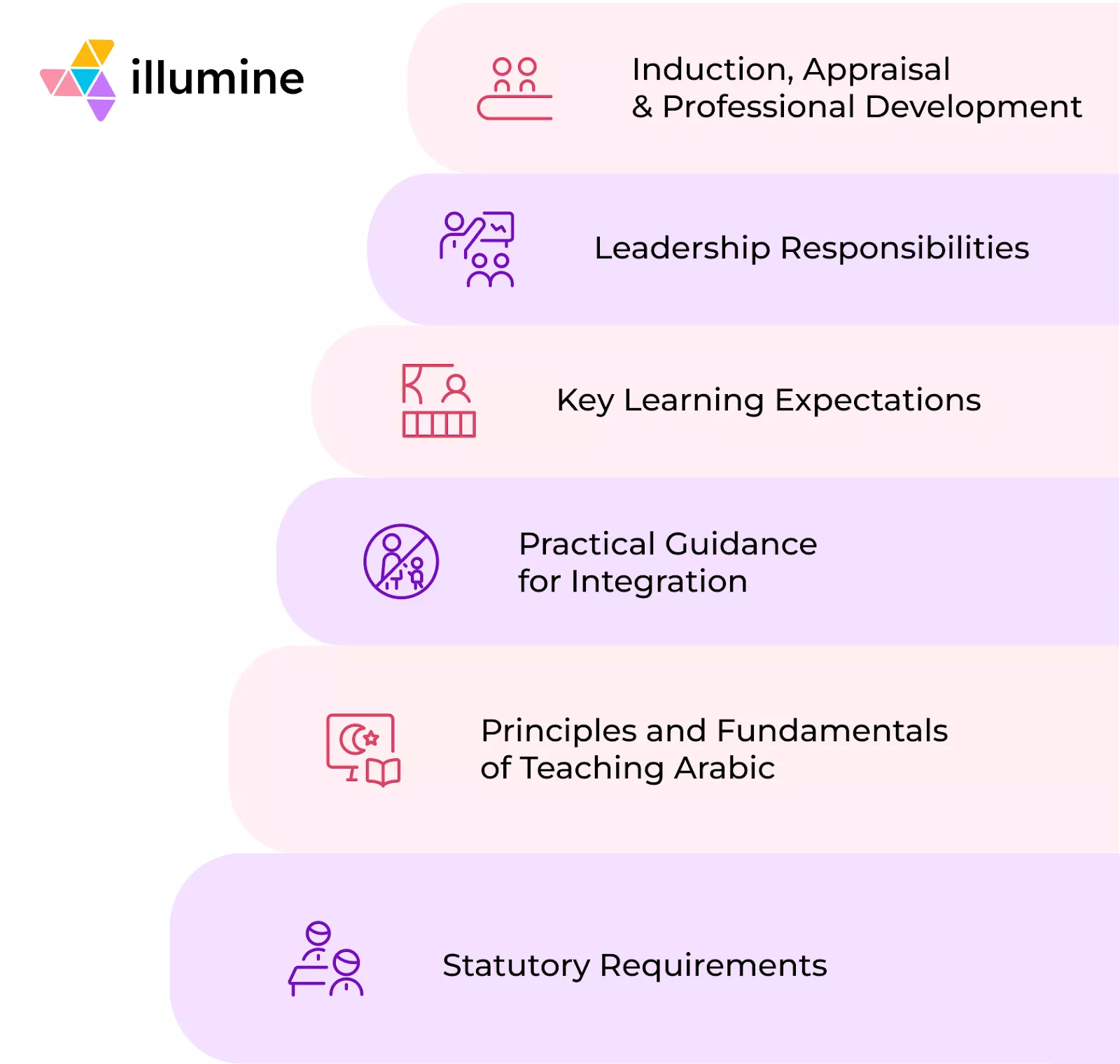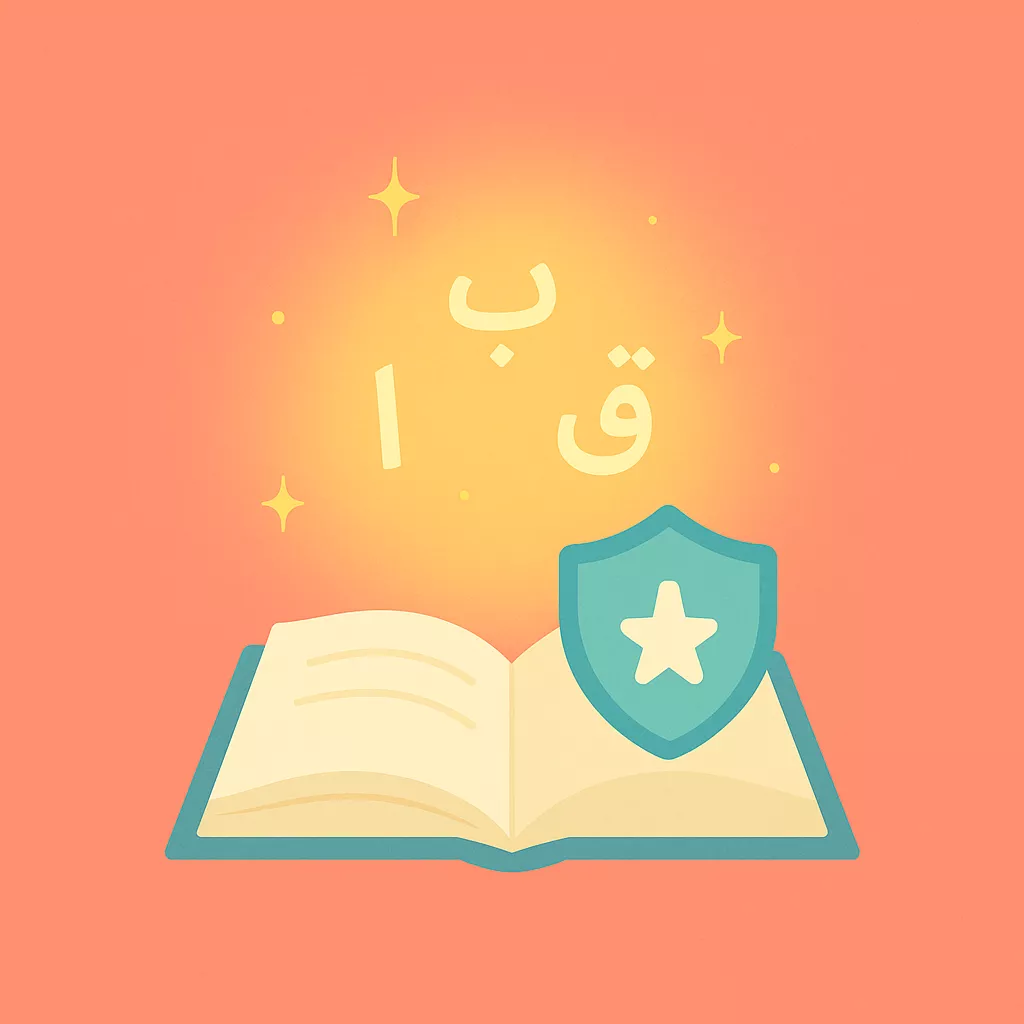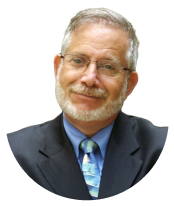The Knowledge and Human Development Authority (KHDA) has launched the Guide to the Policy on Arabic Language Provision in the Private Early Childhood Education Sector in Dubai.
The policy helps early years centers bring Standard Arabic into classrooms through playful, immersive, and culturally rich experiences that nurture fluency, curiosity, and pride in the UAE’s heritage.
“We believe that our visions and aspirations for a better future for the UAE begin in our schools, classrooms, and curricula, and that focusing on the Arabic language and developing its teaching methods and approaches is an integral part of this vision.”
— His Highness Sheikh Mohammed bin Rashid Al Maktoum
Why This Policy Matters
Arabic is at the heart of the UAE’s identity. The policy ensures every child in Dubai, Emirati or from a foreign country, experiences Arabic as a living and joyful part of daily life.
Research shows that early bilingual exposure boosts thinking, problem-solving, and social skills. Learning Arabic through play and stories helps children build lasting confidence and connection with the language.
Rollout Plan
Implementation will happen in three phases, starting with Phase 1 (ages 4–6 years) from September 2025 (April 2026 for April–March schools). Phases 2 and 3 will follow after reviewing Phase 1 outcomes.
The guide to help you implement phase 1 is divided into the following 6 sections:

Section 1: Statutory Requirements
This section turns policy vision into practical steps. Phase 1 is about compliance and laying strong foundations so Arabic becomes a natural part of every child’s day.
1. Teacher Registration & Accountability
- All Arabic teachers must be registered with KHDA.
- Weekly Arabic schedules should be documented and available for review.
- Centers must maintain clear curriculum and progress records for Arabic learning.
2. Learning Time & Exposure
- Children aged 4–6 should experience Arabic for at least one-third of their weekly learning time (≈ 200–300 minutes).
- Activities must include child-led exploration, teacher-guided play, and small-group learning.
3. Staffing Limits
- No Arabic teacher should be responsible for more than 75 children across their timetable.
- Adjust timetables and groupings to keep loads within this limit and protect quality of instruction.
4. Qualified Arabic Educators
- Employ a sufficient number of qualified Arabic teachers aligned with the center’s language model.
- Teachers should combine language proficiency with strong early-childhood pedagogy.
5. Professional Development
- Arabic teachers complete at least 20 hours of training each year.
- Focus: how children acquire Arabic, and play-based, inquiry-led methods.
6. Appraisal & Continuous Improvement
- Arabic teachers join the center’s appraisal process covering lesson planning, teaching quality, and progress tracking.
- Each review includes clear growth goals.
Section 2: Principles and Fundamentals of Teaching Arabic
Every child’s journey into Arabic begins from a different place. Some speak Arabic at home; others are hearing it for the first time.
The KHDA framework encourages educators to meet children where they are, building readiness through play, curiosity, and connection rather than formal drills.
Creating the Right Environment
Language learning flourishes when children feel safe, curious, and engaged. Teachers start the year with songs, rhymes, movement, and games that spark interest in Arabic sounds and stories. Whether a child is fluent or new to Arabic, the teacher’s role is to make the language feel natural and joyful.
Core Language Skills (Ages 4–6)
The goal is to help every child see Arabic as a language they can enjoy, use, and grow with, by rooting the learning in play, curiosity, and everyday experiences.
Section 3: Practical Guidance for Integrating Arabic in Early Childhood Settings
In early childhood, Arabic learning thrives when it’s woven into everyday life rather than taught as a stand-alone subject. The aim is to make Standard Arabic a shared language of play and discovery, while respecting every child’s home language and identity.
Teaching Standard Arabic
- Start early as sounds are easier to master in early childhood.
- Respect home dialects while modelling Standard Arabic through stories, songs, and play.
- When children use words from their home dialect, teachers can repeat those words in Standard Arabic to help them learn the new form naturally. Hearing and using these words in different situations helps children remember them and start using them on their own.
Embedding Arabic in Daily Experiences
Supporting Children with Additional Needs
All children should have access to Arabic learning, regardless of ability or background. Teachers can adapt activities, collaborate with parents and specialists, and observe emotional readiness to ensure inclusion and confidence for every child.
Observation & Assessment
Assessment happens through observation; during play, stories, and daily routines.
Teachers note how children use new words, apply learning over time, and communicate confidently.
For detailed guidance on planning and assessment templates, educators can refer to pages 38 to 42 of the official KHDA Guide to the Policy on Arabic Language Provision in Early Childhood Education.
Section 4: Key Learning Expectations
Each child’s Arabic learning journey between ages 4 and 6 is unique. Some begin fluent; others are hearing Arabic for the first time. The KHDA framework focuses on steady progress and authentic language use, not on testing or uniform performance.
Understanding Progress
Teachers use these stages to observe and celebrate growth:
Integrating with the Curriculum
Use KHDA’s learning competencies and expectations to guide how children develop Arabic skills at each stage. These align with the Ministry of Education’s curriculum standards, ensuring that Arabic learning connects naturally with the center’s overall curriculum.
Supporting Individual Journeys
Children begin their Arabic learning journey from different starting points and progress at different speeds.
Some centers use Arabic as the main language of instruction, while others follow bilingual or multilingual approaches. No matter the model, every child takes part in the same two-year journey with shared learning expectations.
The goal is not uniform achievement, but steady progress — showing how each child grows in confidence and understanding of Standard Arabic over time.
Age-Specific Expectations (Ages 4–6)
While children’s backgrounds and exposure to Arabic may differ, KHDA sets shared expectations to guide their progress during this stage. These expectations outline the minimum proficiency levels that Arabic-speaking and non-Arabic-speaking children should reach after one or two years of learning.
All children are expected to build strong foundations in Arabic that match their age and stage of development, especially in early reading, listening, and speaking skills.
In essence: Progress is measured by how confidently children use and connect with Arabic at their own level, not by how quickly they become fluent. For detailed developmental milestones, educators can refer to pages 45–53 of the official KHDA guide.
Section 5: Leadership Responsibilities
Strong leadership makes the difference between compliance and culture. The KHDA framework calls for leaders to embed Arabic learning into every layer of practice, from classroom routines to self-evaluation cycles.
What Leaders Need to Do
Section 6: Induction, Appraisal, and Professional Development
A high-quality Arabic program begins with confident, well-supported teachers. KHDA emphasizes ongoing professional growth to ensure consistency, reflection, and excellence in early language teaching.

Staff Induction
Each new teacher should go through a structured induction that helps them feel aligned with the vision for Arabic learning.
Induction includes:
- Reading key policies and procedures on Arabic language provision
- Receiving a clear job description with planning, assessment, and collaboration details
- Attending introductory sessions to get to know colleagues, children, and routines
- Receiving mentorship for at least one term, extended if needed based on experience
Ongoing Professional Development
To maintain high standards, Arabic teachers complete at least 20 hours of training per year. The training focuses on:
- Understanding KHDA’s policy framework and how to apply it in early years classrooms
- Deepening knowledge of child development and early language acquisition
- Building strong foundations for play-based and effective Arabic teaching
- Engaging parents in supporting their children’s learning of Standard Arabic
Professional learning should be active, reflective, and practice-driven, helping teachers grow confidence and creativity over time.
Appraisal and Reflection
All staff, including Arabic teachers and teaching assistants, should take part in an annual appraisal process. This includes at least two classroom observations and open discussions about how teaching supports children’s learning outcomes.
Reviews should also look at the impact of recent training, identify new professional development needs, and set clear goals for growth.
These conversations are not only about evaluation. They are a chance to celebrate each teacher’s contributions and gather ideas for how Arabic learning can continue to improve across the setting.
Reflective Practice
KHDA encourages ongoing team inquiry using guiding questions such as:
- Why is early exposure to Standard Arabic essential for young children?
- What does high-quality dual-language provision look like?
- How can we assess language learning through play and interaction?
- What role does technology play in language development?
The accompanying responses and research-based insights for these questions can be found in pages 58–65 of the official KHDA guide, supporting deeper professional exploration within your setting.
Final Thoughts
KHDA’s new policy is a chance to make Arabic come alive in every classroom. It reminds us that language learning begins with joy, curiosity, and connection.
To recap:
- Start early and weave Arabic into daily play and conversation.
- Support teachers through training, reflection, and collaboration.
- Create classrooms that celebrate culture and belonging.
- Lead with purpose so Arabic becomes part of your centre’s everyday story.
For deeper insights and examples, explore the official KHDA Guide to the Policy on Arabic Language Provision in Early Childhood Education.
With care, creativity, and teamwork, we can help every child grow up hearing, speaking, and loving Arabic as a natural part of their world.










.webp)